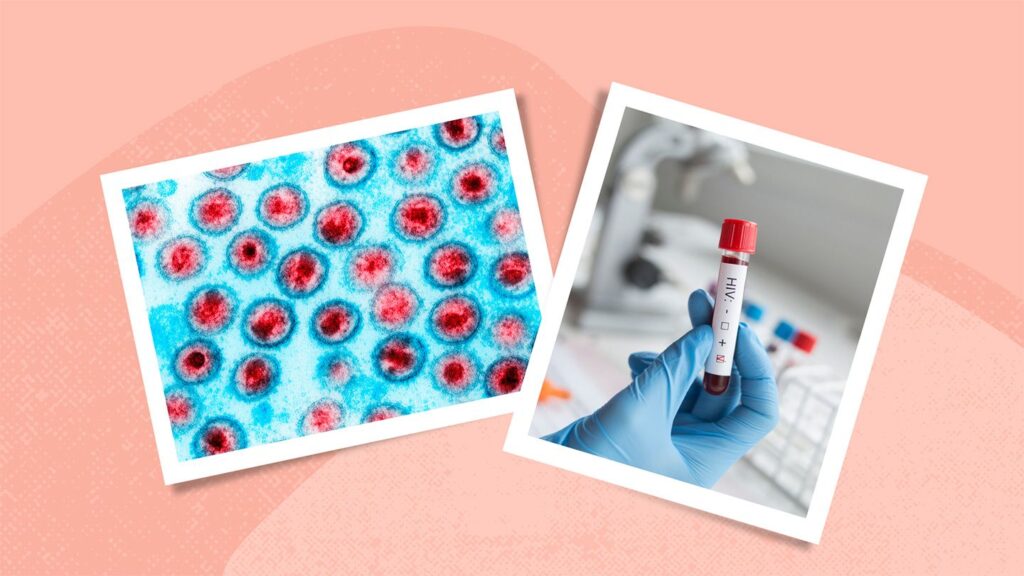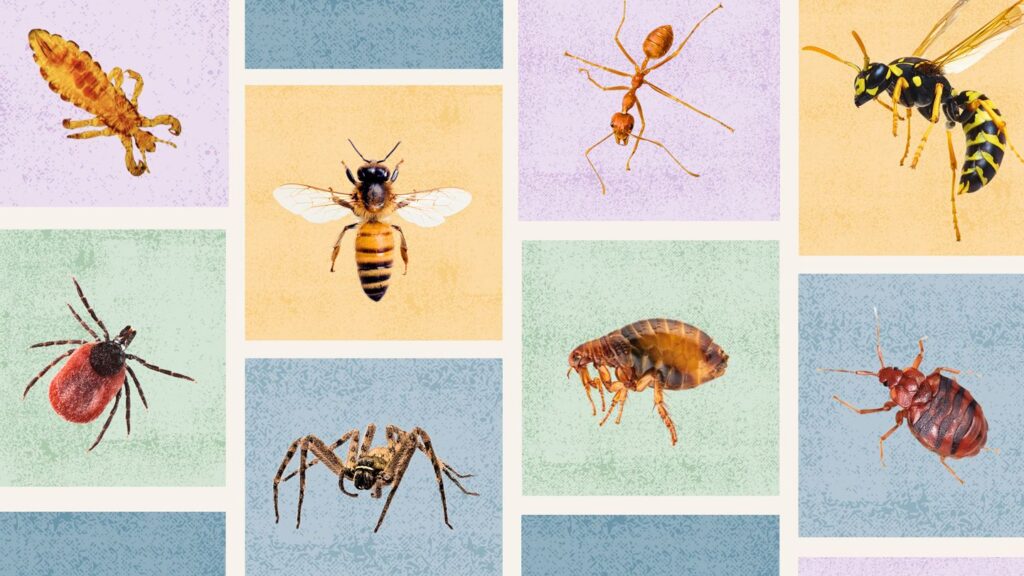Actinic keratosis (AK), also called solar keratosis, is a skin lesion that’s caused by ultraviolet (UV) damage. It looks like a rough, scaly patch or bump on the skin. If it’s not treated, an AK can sometimes turn into skin cancer .e60dc2a1-f33c-4a05-9b50-8e3e8e597629fe7adb94-cab3-4d55-ae14-f24ad673c313
Overview Overview What Is Actinic Keratosis? Actinic keratosis (AK) is a rough scaly patch that forms on your skin due to chronic UV exposure. An AK usually shows up on areas of the body that are frequently exposed to the sun, such as your face, ears, lips, scalp, neck, shoulders, and hands. If you develop more than one actinic keratosis lesion, you are said to have actinic keratoses (AKs; plural).e60dc2a1-f33c-4a05-9b50-8e3e8e597629023cf441-a621-4816-bae7-22d7370fdc54 If you don’t treat AKs, they can turn into a type of skin cancer called squamous cell carcinoma.e60dc2a1-f33c-4a05-9b50-8e3e8e59762985ee31ea-13ac-4845-995e-07402c0b122e But only about 5 to 10 percent of AKs will turn into cancer.e60dc2a1-f33c-4a05-9b50-8e3e8e597629023cf441-a621-4816-bae7-22d7370fdc54 Most of the time, an AK goes away with treatment, but since doctors don’t know which AKs will turn into skin cancer, it’s important to treat them all.e60dc2a1-f33c-4a05-9b50-8e3e8e59762985ee31ea-13ac-4845-995e-07402c0b122e
Symptoms Signs and Symptoms of Actinic Keratosis
AKs usually develop slowly on sun-exposed areas of the skin. They can vary in appearance but generally show up as rough, raised bumps or patches of skin. These lesions may be gray, pink, red, or flesh-toned with a yellow or brown crust on top. They’re usually less than 1 inch in diameter.e60dc2a1-f33c-4a05-9b50-8e3e8e597629201adaa2-3cb4-43b9-a2cd-d07e1f52263ee60dc2a1-f33c-4a05-9b50-8e3e8e597629e03952a5-a2a0-4f11-873e-74b8a417897b Other symptoms of an AK lesion include:e60dc2a1-f33c-4a05-9b50-8e3e8e597629201adaa2-3cb4-43b9-a2cd-d07e1f52263ee60dc2a1-f33c-4a05-9b50-8e3e8e597629e03952a5-a2a0-4f11-873e-74b8a417897b Itching, burning, or stinging areas of skin Bleeding or crusting of the skin Dry, scaly patches of skin Loss of color in the lips Pain or tenderness on areas of the skin Hard, horn-like, or wart-like growths
Causes and Risk Factors of Actinic Keratosis Causes The main cause of AK is exposure to too much UV light. Over time, UV rays from the sun or indoor tanning devices can damage the cells in the outer layer of your skin, which are called keratinocytes. This results in an AK lesion.e60dc2a1-f33c-4a05-9b50-8e3e8e59762925641185-82f1-4b97-9c22-2ae2a0e3ee9d While anyone can develop AKs, you are at an increased risk if you:e60dc2a1-f33c-4a05-9b50-8e3e8e5976290fe5b870-a0dc-46a0-a1e3-8322db2fd9b9e60dc2a1-f33c-4a05-9b50-8e3e8e597629992eef08-ade9-42f3-aeca-b4e2ee615347 Have fair skin, blue or green eyes, or blond or red hair Work outside or spend a lot of time in the sun Live in a sunny area Burn or freckle easily Have a history of sunburns or excessive sun exposure Are older than 40 Have a weakened immune system Had an organ transplant Take medicines that suppress your immune system
How Is Actinic Keratosis Diagnosed? Diagnosis Most of the time, doctors can diagnose an AK by visually examining and feeling the lesion. If they are unsure whether the spot is an AK, they may perform a skin biopsy . This involves cutting out a small piece of tissue and sending it to a lab to be examined under a microscope. Results of the biopsy can confirm a diagnosis.e60dc2a1-f33c-4a05-9b50-8e3e8e597629ffa2d83e-088f-4f80-b26d-541ffbb098b8 A dermatologist (a doctor who specializes in skin conditions) usually diagnoses AKs.e60dc2a1-f33c-4a05-9b50-8e3e8e597629ffa2d83e-088f-4f80-b26d-541ffbb098b8
Treatment and Medication Options for Actinic Keratosis Treatment Doctors don’t know which AKs are harmless and which will turn into cancer. That’s why treating the lesions is important. There are several different treatment options available. Your doctor can help you decide which therapy is best for your condition.e60dc2a1-f33c-4a05-9b50-8e3e8e597629a5e3560f-e72f-4914-bc7b-5b11b53ade22 Medication Options Topical gels or creams are sometimes prescribed to remove AKs. These may include the following medicines:e60dc2a1-f33c-4a05-9b50-8e3e8e59762907a73c65-631d-4677-8124-ef6965d3d2eb fluorouracil (5-FU) This cream blocks the growth of abnormal cells. imiquimod (Aldara) This treatment prompts your immune system to fight off the precancerous lesions. diclofenac This medicine is a nonsteroidal anti-inflammatory drug (NSAID) and is usually less irritating than other topical treatments, but it must be used for a longer period of time. tirbanibulin (Klisyri) This newer medicine works by killing abnormal cells. It’s usually applied for five days.e60dc2a1-f33c-4a05-9b50-8e3e8e5976297a87d359-6de5-4586-86ed-4ff9535fa8c8 These topical therapies can be applied at home. You may have to use them for up to four months, depending on the severity of your AK and the specific medicine. Possible side effects include red, inflamed, sore, burning, or scaling skin where the medicine is applied.e60dc2a1-f33c-4a05-9b50-8e3e8e597629c8a64fc3-de24-4dfb-9e2b-3ae1af4dd7c7 Cryotherapy With cryotherapy , doctors use liquid nitrogen to freeze the AK lesions. The spots will blister and fall off a few days later.e60dc2a1-f33c-4a05-9b50-8e3e8e597629c8a64fc3-de24-4dfb-9e2b-3ae1af4dd7c7 Cryotherapy is the most common treatment option for AK. It can be done in your doctor’s office. Possible side effects include blistering skin, changes in skin color or texture, infection, and scarring.e60dc2a1-f33c-4a05-9b50-8e3e8e597629a5e3560f-e72f-4914-bc7b-5b11b53ade22 Surgery Sometimes, doctors will remove the AK lesion via a simple excision procedure. They will first numb your skin around the AK. Then, your provider will scrape away or cut out the AK. The area will be stitched back together. It typically takes about two to three weeks for the wound to heal.e60dc2a1-f33c-4a05-9b50-8e3e8e597629c8a64fc3-de24-4dfb-9e2b-3ae1af4dd7c7 Laser Therapy Your doctor may use an ablative laser device to destroy your AK patches, and new skin will grow in its place. Lasers can cause side effects, such as scarring and discolored skin.e60dc2a1-f33c-4a05-9b50-8e3e8e597629a5e3560f-e72f-4914-bc7b-5b11b53ade22 Photodynamic Therapy Photodynamic therapy is often used when a person has multiple AKs or AKs that come back after initial treatment. It involves using a light-sensitive cream to the affected area and exposing it to a special light that destroys the AK. Side effects may include swelling, inflamed skin, and a burning sensation during the treatment.e60dc2a1-f33c-4a05-9b50-8e3e8e597629a5e3560f-e72f-4914-bc7b-5b11b53ade22 Chemical Peel Sometimes, doctors will recommend a chemical peel to treat AKs. Special substances in the peel destroy precancerous lesions in the top layer of your skin. As your skin heals, a new healthy layer of skin surfaces. The peel can be applied during an office visit.e60dc2a1-f33c-4a05-9b50-8e3e8e597629c8a64fc3-de24-4dfb-9e2b-3ae1af4dd7c7
Prevention of Actinic Keratosis Prevention Sun safety measures can help prevent AKs. Here are some steps to take:e60dc2a1-f33c-4a05-9b50-8e3e8e5976290be3f990-c558-4739-9e30-33aa07b09107 Avoid too much sun . Try not to go outdoors between 10 a.m. and 2 p.m. if you can. Also, don’t stay in the sun long enough to tan or get a sunburn. Use sunscreen . Apply sunscreen with a sun protection factor (SPF) of at least 30 when you are outdoors, even on cloudy days. Be sure to put it on at least 15 minutes before you go outside and reapply every two hours. Wear protective clothing . Clothes that cover your arms and legs and large, broad-brimmed hats can help protect your skin from the sun’s harmful rays. Don’t use tanning beds . The UV light you’re exposed to in tanning beds can cause just as much damage as the sun. Check your skin often . Look at your skin for new moles, bumps, freckles, or other spots. Be sure to report any skin changes to your doctor. Have regular skin exams . A dermatologist can help you spot any abnormal skin lesions early, when they are most treatable.e60dc2a1-f33c-4a05-9b50-8e3e8e597629b498ad01-5237-4577-826c-8048181d089d
How Long Does an Actinic Keratosis Last? Prognosis and Outlook After treatment, it can take up to three months for an AK to completely go away. Once the lesion fully disappears, you will likely need to see your doctor for a follow-up visit once or twice a year. If you have a weakened immune system, your doctor may want to see you four to six times a year. Most AKs can be successfully treated. But they can return if you don’t take measures to prevent future sun damage.e60dc2a1-f33c-4a05-9b50-8e3e8e597629e7abd77e-d8f3-4f5b-bd32-32576bd2fc6e
Complications of Actinic Keratosis Complications If untreated, AK can turn into squamous cell carcinoma. This only happens in about 5 percent to 10 percent of AK cases, but most squamous cell carcinomas start as AKs.e60dc2a1-f33c-4a05-9b50-8e3e8e5976290a0ba486-dd4a-46d6-a4de-649bc2174489 Squamous cell carcinoma is the second most common form of skin cancer. When it’s caught and treated early, it’s usually curable.e60dc2a1-f33c-4a05-9b50-8e3e8e597629dcaaef84-d318-41a1-bf0a-e1f839120526
Research and Statistics: Who Has Actinic Keratosis? Research and Statistics AK is the most common skin precancer. About 58 million people in the United States have one or more AKs.e60dc2a1-f33c-4a05-9b50-8e3e8e597629c9142a71-8c8f-467f-9382-f2f01dca9f99 Each year, more than 40 million Americans develop AKs.e60dc2a1-f33c-4a05-9b50-8e3e8e5976298ebd7eb2-5a5e-4224-a854-0430ca841f7c Men are slightly more likely to develop AKs than women. Experts theorize that this is because men are less likely to use sun protection.e60dc2a1-f33c-4a05-9b50-8e3e8e59762992c375da-31eb-4521-af24-e80c39f24bba
Related Conditions Related Conditions Some conditions that are closely related to AK include:e60dc2a1-f33c-4a05-9b50-8e3e8e597629fe0e687e-01c2-44cd-8f2e-43838bf4f015 Squamous cell carcinoma: A type of skin cancer that starts in the cells in the outside layer of your skin. Bowen disease: This is a very early form of squamous cell carcinoma.e60dc2a1-f33c-4a05-9b50-8e3e8e5976290d23f3d7-01f1-40e5-8778-02573bc79dc5 Basal cell carcinoma : This skin cancer forms in the basal cells , which are found in the lower part of the outside layer of your skin. Actinic cheilitis: This is a precancerous condition that affects the lips and is caused by lots of sun exposure.e60dc2a1-f33c-4a05-9b50-8e3e8e597629532686df-bf2d-42a3-b300-d80f9a638053 Merkel cell carcinoma: This is a rare but aggressive type of skin cancer that affects the Merkel cells , in the outer layers of your skin.e60dc2a1-f33c-4a05-9b50-8e3e8e5976291675deb1-b977-4265-a4de-c1bbbe6807ed Melanoma : This type of skin cancer forms in cells called melanocytes. Melanoma is the most serious form of skin cancer.
The Takeaway Actinic keratosis is a common skin condition that, if ignored, could turn into skin cancer. If you catch it early, AK can be successfully treated. See your doctor if you have rough, scaly patches of skin that you think might be AK.
Resources We Trust Cleveland Clinic: Actinic KeratosisMayo Clinic: Actinic KeratosisSkin Foundation: Actinic KeratosisAmerican Academy of Dermatology Association: Actinic Keratosis: OverviewAmerican Cancer Society: Treating Actinic Keratosis and Bowen Disease
Actinic Keratosis (AK)



